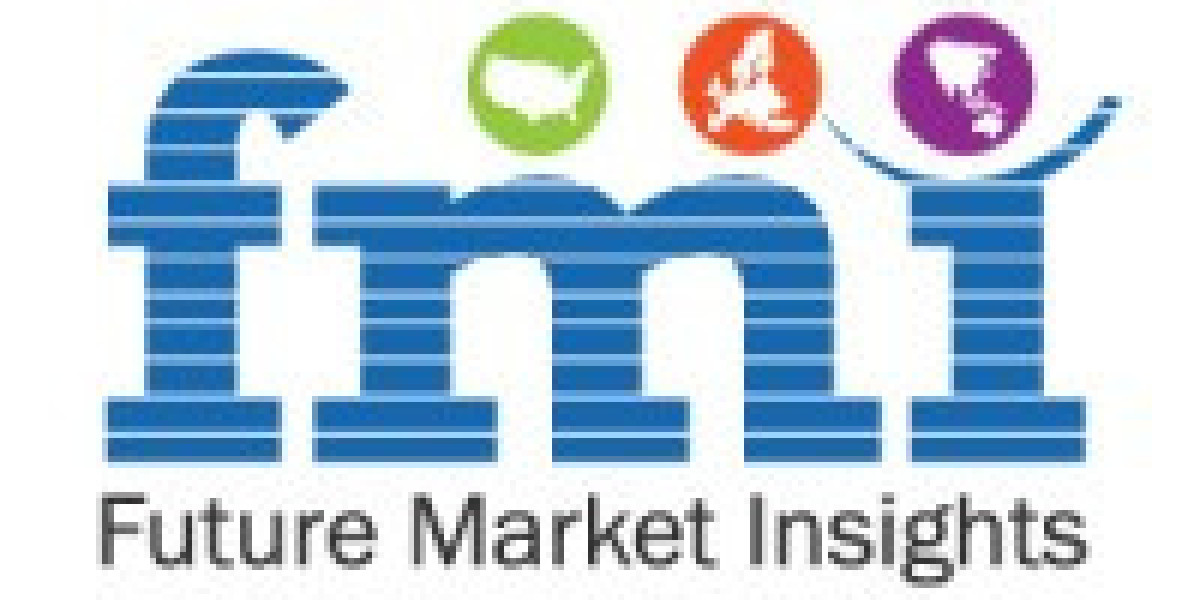The global water softening systems market will be worth USD 12.3 billion in 2023. Market expansion is being driven by rising awareness about water quality and legislation encouraging the use of innovative technology. The market is expected to be worth USD 23.3 billion in 2033, with a 6.6% CAGR from 2023 to 2033.
The increasing awareness among consumers about the importance of water quality is a significant driver of the water softening system market. People are becoming more conscious of the negative effects of hard water on plumbing systems, appliances, and overall water usage. They seek water treatment solutions, including water softening systems, to improve water quality and mitigate the issues caused by hard water.
Request For Sample Report: Elevate Your Industry Intelligence with Actionable Insights
https://www.futuremarketinsights.com/reports/sample/rep-gb-881
Awareness regarding water quality and policies favoring the implementation of advanced technologies will create a conducive environment for growth. The increasing implementation of government-sponsored initiatives such as the expansion of smart cities and clean water initiatives and the growing focus on preventing water contamination and ensuring the availability of clean, soft water for all will remain a chief growth driver.
The growing technological advancements in water softening systems contribute to market growth. Innovative technologies such as salt-free water softeners, electromagnetic water conditioners, and template-assisted crystallization (TAC) systems offer alternatives to traditional ion exchange-based water softeners. These advancements provide more sustainable and efficient solutions, reducing salt consumption, water waste, and the overall environmental impact.
“Water softening systems remove minerals from hard water, preventing scaling and improving water quality in households and businesses. They employ various methods, such as ion exchange, to replace calcium and magnesium ions with sodium ions.” – says FMI Analyst.
Key Takeaways from the Market Study :
- From 2018 to 2022, the demand for water softening system expanded at a CAGR of 4.6%
- Based on design type, the twin-cylinder segment accounts for a CAGR of 6.4%
- By application type, the residential segment is expected to expand at a CAGR of 6.5% during the forecast period
- North America to emerge as a promising water softening system market, capturing a CAGR of 6.5%
- The water softening system industry in the United Kingdom is predicted to reach US$ 12.5 billion by 2033
- South Asia and the Pacific to be an opportunistic water softening system market, expected to capture a CAGR of 6.1% during the forecast period.
Competitive Landscape
The global water softening system market is fragmented with several large and medium-scale players. The leading players in the water softening system market are investing in strategic agreements to capture market share.
Key Companies Profiled:
- EcoWater Systems LLC
- Culligan International Company
- Kinetico Incorporated
- Hydroflux
- Envicare Technologies Pvt. Ltd.
- Wychwood Water Systems Ltd.
- Harvey Water Softeners Ltd.
- Pelican Water Systems
- BWT AG
- Marlo Incorporated
- Monarch Water Ltd.
- Qingdao Haier Co., Ltd
- Atlas Filtri
- Watts Water Technologies Inc.
- Feedwater Limited
Key Developments
- Culligan, a prominent player in the water treatment industry, has been focusing on developing advanced water softening systems with smart features. They have introduced smart water softeners that utilize IoT technology to provide real-time monitoring and control of water softening operations. These systems offer enhanced convenience and customization options for users.
- EcoWater Systems has been focusing on sustainable and eco-friendly water softening solutions. They have introduced salt-free water softeners that utilize alternative technologies such as template-assisted crystallization (TAC) to prevent scaling without the need for salt or chemicals. These systems offer environmentally friendly water treatment options.
Key Segmentation:
By Operation Type:
- Electric
- Non-Electric
By Application Type:
- Residential
- Industrial
- Commercial
By Design:
- Mono Cylinder
- Twin Cylinder
- Multi-Cylinder
By Region:
- North America
- Latin America
- Western Europe
- Eastern Europe
- South Asia and Pacific
- East Asia
- Middle East & Africa








